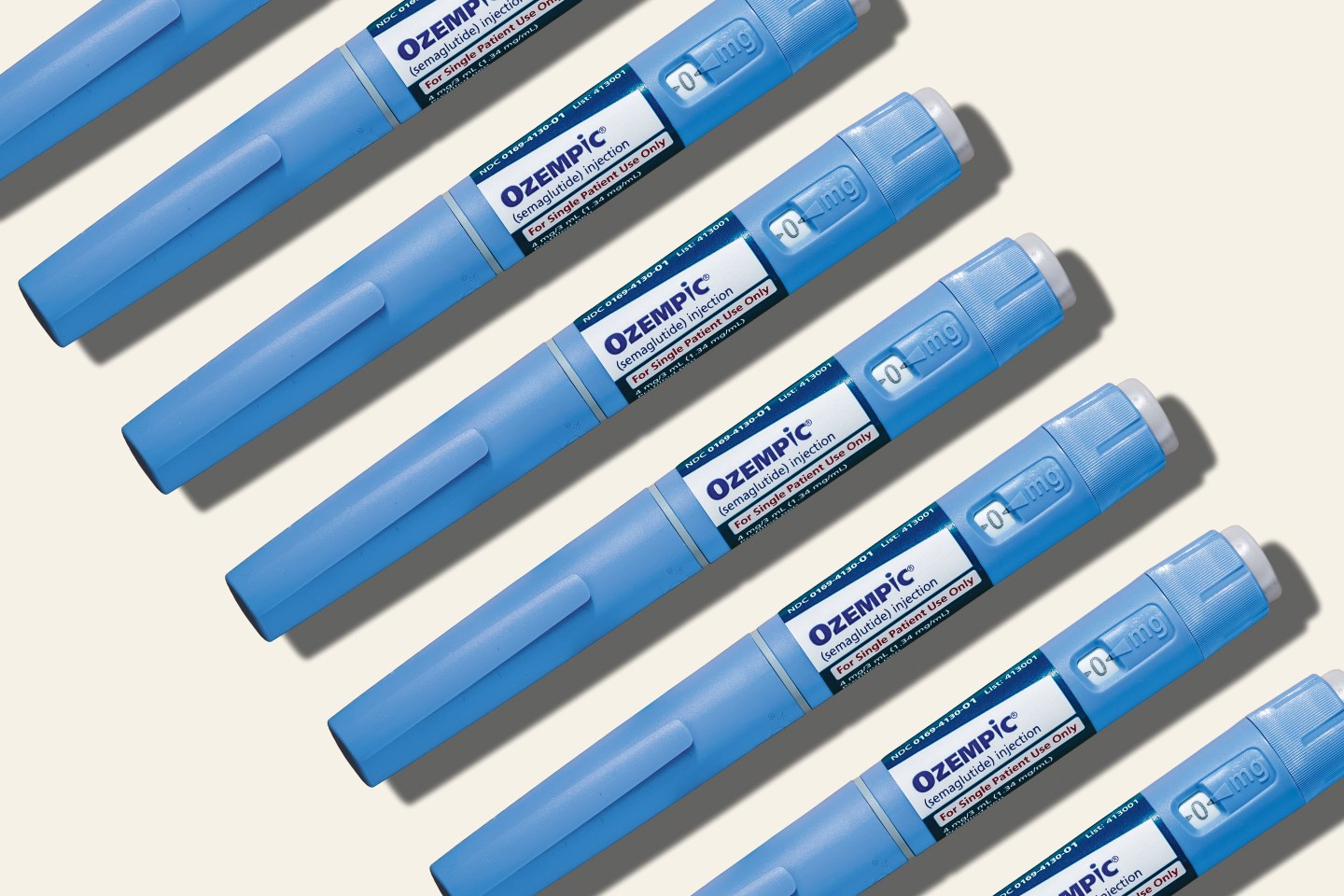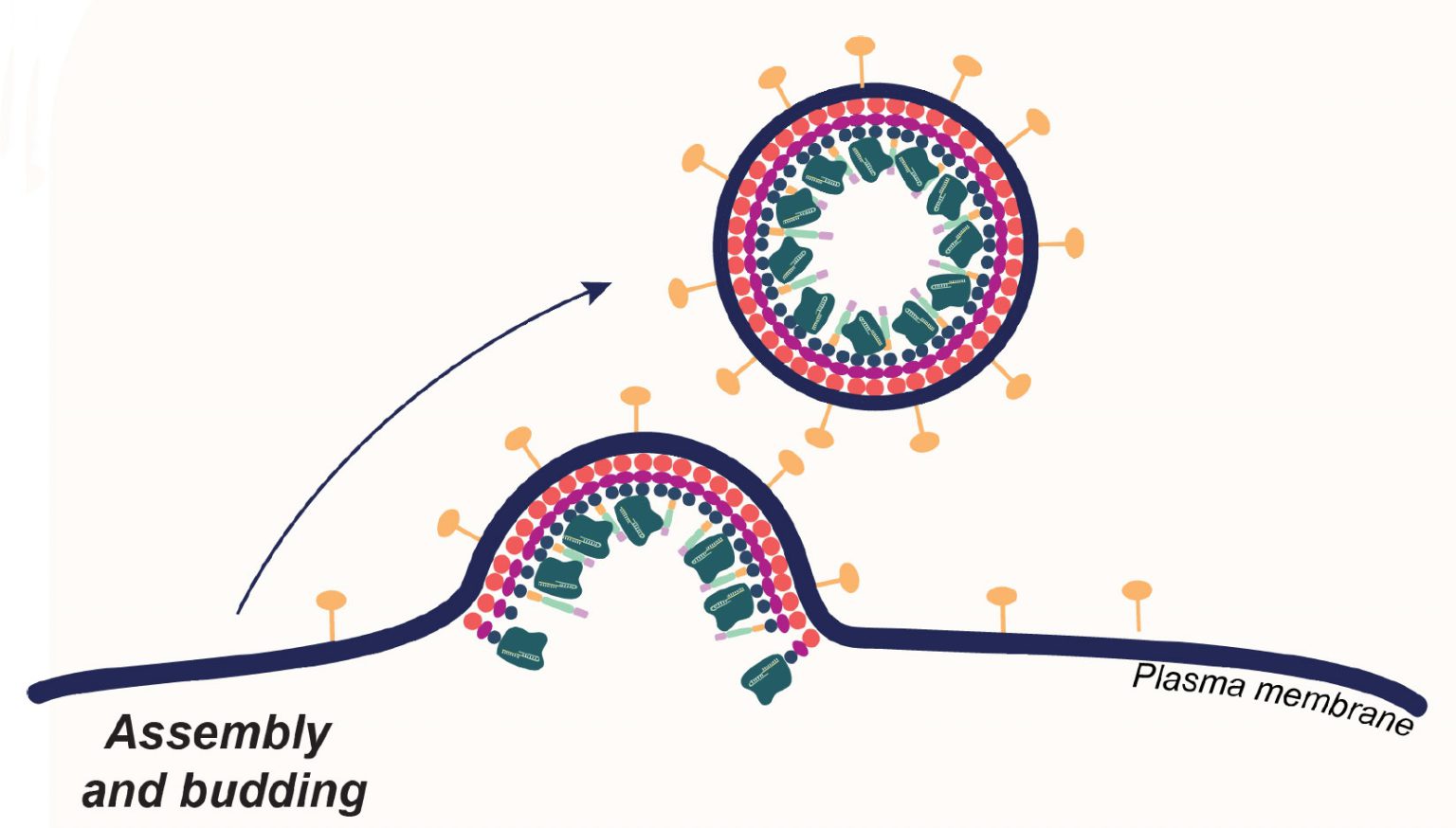How Novo Nordisk Lost Ground In The Weight-Loss Market With Ozempic

Table of Contents
The Rise of Ozempic and Subsequent Competition
Ozempic's Initial Success
Ozempic's initial market penetration was remarkable. Its success stemmed from a combination of factors:
- Strong clinical trial results: Early studies demonstrated impressive weight loss results, exceeding expectations for many patients.
- Effective weight loss: Ozempic, a GLP-1 receptor agonist containing semaglutide, proved significantly effective in helping individuals shed weight, a key driver of its popularity.
- Widespread media attention: Positive media coverage and discussions surrounding Ozempic fueled significant interest and demand.
- Celebrity endorsements: Endorsements from high-profile individuals further amplified its visibility and desirability.
This combination propelled Ozempic to the forefront of the weight-loss market, establishing Novo Nordisk as a leader.
Emergence of Competitors
The entry of competitors, particularly Eli Lilly's Mounjaro, significantly impacted Ozempic's market share. Mounjaro's success highlights the intensifying competition in the GLP-1 receptor agonist market:
- Mounjaro's superior efficacy in some studies: Clinical trials showed Mounjaro achieving potentially superior weight loss in certain patient populations, challenging Ozempic's position.
- Increased competition in the GLP-1 receptor agonist market: The emergence of multiple GLP-1 receptor agonists provided patients with more choices, reducing Ozempic's market exclusivity.
- Aggressive marketing strategies of competitors: Competitors employed aggressive marketing campaigns, highlighting their products' advantages and capturing market share.
This intensified competition forced Novo Nordisk to adapt its strategies to maintain a strong presence in the market.
The Wegovy Factor
Novo Nordisk's own Wegovy, a higher-dose semaglutide formulation, presented a unique challenge. While potentially offering superior weight-loss results, supply chain issues hampered its ability to fully capitalize on market demand:
- Wegovy's higher dose of semaglutide: The higher dose aimed for greater efficacy, potentially attracting patients seeking more significant weight loss.
- Production bottlenecks: Manufacturing limitations created significant production bottlenecks, limiting Wegovy's availability.
- Increased demand exceeding supply: The high demand for Wegovy, coupled with production constraints, led to widespread shortages, indirectly impacting Ozempic's market perception.
Strategic Challenges Faced by Novo Nordisk
Supply Chain Issues and Shortages
Production constraints significantly impacted both Ozempic and Wegovy availability, creating a negative ripple effect:
- Manufacturing capacity limitations: Novo Nordisk struggled to scale up manufacturing to meet the surging demand.
- Increased demand: The unexpected and rapid increase in demand overwhelmed existing manufacturing capacity.
- Difficulties in scaling production: Scaling production efficiently and cost-effectively proved challenging, further exacerbating shortages.
- Impact on patient access: Shortages limited patient access to both medications, affecting patient satisfaction and potentially impacting brand loyalty.
Pricing Strategies and Accessibility
Ozempic's pricing model presented another challenge, impacting market access and affordability:
- High cost of treatment: The high price point created accessibility issues for many patients, limiting market penetration.
- Insurance coverage limitations: Insurance coverage variations affected patient affordability, making Ozempic inaccessible to some.
- Affordability concerns: Concerns regarding the high cost of treatment and its potential impact on healthcare budgets fueled negative press and affected public perception.
- Potential impact on patient uptake: The high cost potentially deterred some patients from initiating or continuing treatment.
Public Perception and Side Effects
Negative publicity surrounding side effects played a role in shaping public perception:
- Media coverage of side effects: Negative media reports highlighted potential side effects, such as pancreatitis and gallbladder issues.
- Concerns regarding pancreatitis and gallbladder issues: These concerns created apprehension among potential patients and healthcare providers.
- Impact on patient trust and market perception: The negative publicity impacted patient trust and the overall market perception of Ozempic and other GLP-1 receptor agonists.
Analyzing the Future of Novo Nordisk in the Weight-Loss Market
Strategic Adjustments and Innovation
Novo Nordisk needs strategic adjustments to regain market share:
- Investment in increased manufacturing capacity: Significant investment in expanding manufacturing capabilities is crucial to meet future demand.
- Development of new formulations or delivery methods: Exploring new formulations or delivery methods could enhance efficacy and patient compliance.
- Focus on addressing patient concerns regarding side effects: Proactive communication and addressing patient concerns regarding safety are vital.
The Evolving Landscape of Weight-Loss Treatments
The weight-loss market is constantly evolving:
- Emerging competitors: New players are entering the market, increasing competition.
- New classes of weight-loss drugs: Novel weight-loss medications are in development, posing further challenges.
- Advancements in obesity management therapies: Advancements in other obesity management therapies offer alternative treatment options.
Conclusion
Novo Nordisk's decreased market dominance with Ozempic is a result of increased competition from products like Mounjaro, significant supply chain issues impacting both Ozempic and Wegovy, and pricing strategies that affected accessibility. Addressing patient concerns regarding side effects and adapting to the dynamic market are crucial. Novo Nordisk's future success in the weight-loss market hinges on strategic adjustments, including increased manufacturing capacity, innovative new formulations, and proactive communication addressing patient safety concerns. Further research into the long-term effects of GLP-1 receptor agonists and the development of more accessible and affordable weight-loss treatments are critical for navigating this evolving landscape and regaining market leadership.

Featured Posts
-
 Nvidias Q Quarter Earnings Growth Forecast Despite China Headwinds
May 30, 2025
Nvidias Q Quarter Earnings Growth Forecast Despite China Headwinds
May 30, 2025 -
 Bts Reunion 7 Moment Trailer Hints At Mega Comeback Solo Content Speculation Soars
May 30, 2025
Bts Reunion 7 Moment Trailer Hints At Mega Comeback Solo Content Speculation Soars
May 30, 2025 -
 Drk Schliesst Schwangerschaftsberatungen In Crivitz Und Sternberg
May 30, 2025
Drk Schliesst Schwangerschaftsberatungen In Crivitz Und Sternberg
May 30, 2025 -
 Efficient Whole Gene Integration In Human Cells Using Powerful Crispr Technology
May 30, 2025
Efficient Whole Gene Integration In Human Cells Using Powerful Crispr Technology
May 30, 2025 -
 Sewd Awstabynkw Mwsm Almlaeb Altrabyt Yshhd Talqha
May 30, 2025
Sewd Awstabynkw Mwsm Almlaeb Altrabyt Yshhd Talqha
May 30, 2025
